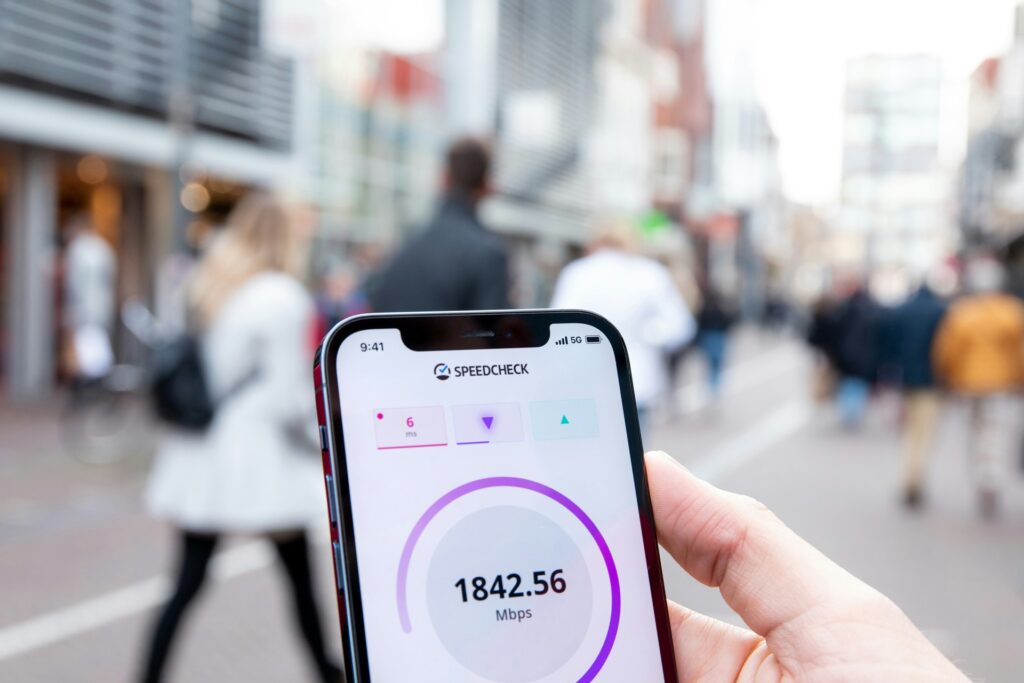For office workers, email is a fact of day-to-day life. In fact for some, it may be the most-used form of interpersonal communication, ahead of talking on the phone or, you know, to an actual human.
In other words, writing work emails is nothing new. Yet as with anything, there is always room for improvement. Here are 15 things you can do right now to help you write better emails for work.
1. Be Mindful of the Reader
File this under your mom’s old saying, “Treat others how you’d like to be treated.” You know what it’s like to receive an email that’s too long, doesn’t get to the point, or maybe doesn’t even have a point. Don’t be that emailer. Try to make the emails you send similar to the ones you receive that you actually read and respond to.
2. Know What You’re Replying To
You’ve probably done it before—you respond to someone’s email with a question only to realize 15 seconds after you hit send that the answer was right in the original email. Do everyone, including yourself, a favor. Save time for all parties involved by thoroughly reading an email before you decide to reply.
3. Proofread
The occasional email typo is a bit more acceptable these days, considering how many messages are sent from tiny devices at the mercy of oversized human thumbs. At the same time, it can go from acceptable to unprofessional in a hurry if you send emails littered with so many mistakes they’re nearly unreadable. Take a minute to proofread before you hit send and you’ll never have to worry about that.
4. Keep It Short
With emails sent from mobile devices these days, just as many — if not more — are read on mobile devices as well. With this in mind, write better emails for mobile devices by keeping it short, simple and preferably readable with minimal scrolling.
5. If It’s Not Urgent, Say So
If you don’t require an immediate reply from someone, let them know by writing “no rush” or “take your time on this.” Similarly, if you don’t need a reply at all, make it clear by ending with something like “Only for your information, no reply necessary.”
6. Don’t be Too Formal
You obviously want to be professional, but your email writing style doesn’t need to be overly technical or formal. Try to write in a casual way just like you would talk. It makes you more approachable and your emails easier to read.
7. Make Use of the Subject Line
To write better emails, begin where it all starts: the subject line. Avoid bland or vague subject lines and go with something very specific instead. The subject line is also a good place to alert the recipient if a message is urgent and needs and immediate response.
8. Have a Main Idea
Yes, there may be times when you need to convey more than one point in your message, but in that case a meeting or a conference call might be more efficient. Write better emails for work by focusing on one main idea, point or question per message.
9. It’s an Email, Not an Art Project
Using bold text or colors to emphasize things in an email is helpful in some cases, but you also don’t want to go too far. Don’t mess with things such as font or type size for your work emails. The regular default font is plenty readable and it won’t catch anyone off guard in a negative way.
10. Edit Yourself
Just as you should serve as your own proofreader, don’t be afraid to edit your emails along the way. Take out unnecessary words or phrases, or combine points where it makes sense. Always have the goal of keeping emails clear and concise while also minimizing extras.
11. Know Your Audience
In most cases, the tone of an email to the president of your company will likely be different from one you send to your buddy in the cube next to you. If there is no difference at your company, great. The point is to understand your relationship with the recipient and choose your email tone accordingly.
12. Optimize Formatting
Shorter emails are preferable, but there are times when longer and more detailed messages are necessary. If you need to make a number of points, use formatting options such as numbers or bullet points to organize your info in a way that’s easy to read and absorb.
13. Know the Medium
You will write better emails if you always remember this increasingly common piece of advice: don’t put anything in an email that you wouldn’t want published in a newspaper or online. If you’re dealing with a sensitive subject or information no one else should see, another form of communication might be the better choice.
14. Edit Forwarded Messages
This tip isn’t for emails you wrote originally, but rather those you’re passing along to others. When you forward an email take care to scroll down and delete any repeated or unnecessary information. Keep only the portions that are relevant to those you are forwarding to.
15. Make Yourself Accessible
If you’re looking for a reply to your email, make it clear how you can be contacted. In addition to your email address, include all other forms of contact in your email signature, and be sure to include it so the recipient has that data on hand.
Recent Stories
Follow Us On
Get the latest tech stories and news in seconds!
Sign up for our newsletter below to receive updates about technology trends














